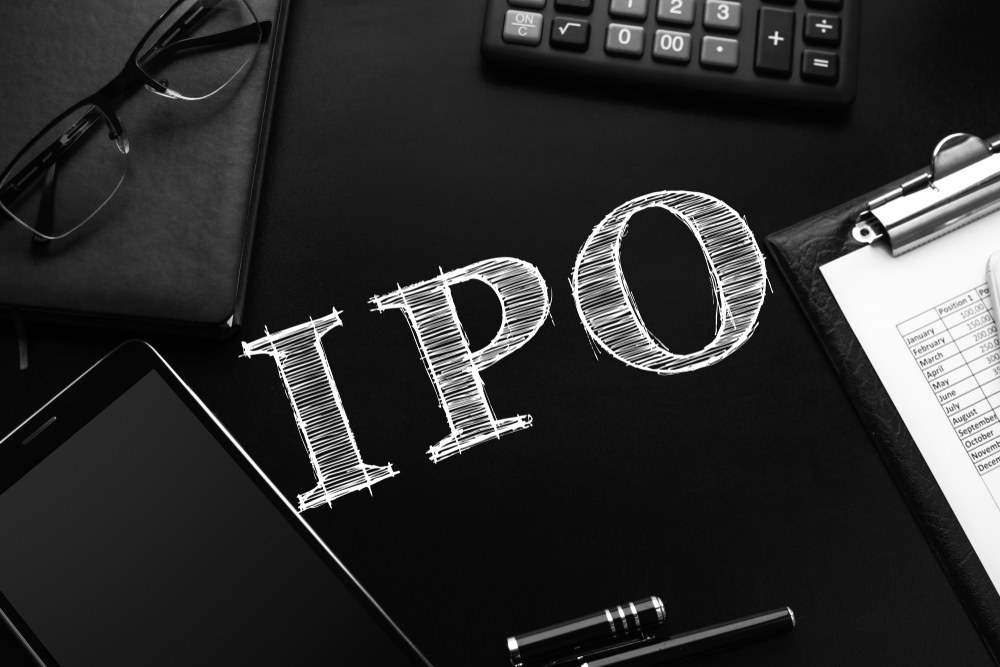Indian food ordering and delivery platform Zomato, which opened its initial public offering (IPO) on Wednesday to raise INR 9,375 crore (USD 1.25 billion), was fully subscribed on day one, with the retail portion being booked 2.69 times. The offer received bids for 756 million equity shares against the IPO size of 719.2 million equity shares, according to available data.
Zomato’s IPO—India’s biggest this year so far—comprises a fresh issue of equity shares worth INR 90 billion and an offer for sale worth INR 3.75 billion by existing investor Info Edge, as per the red herring prospectus (RHP) filed by the company earlier this month.
The company has set a price band of INR 72–76 per share. Investors can make bids for a minimum of 195 equity shares and in multiples of 195 thereafter. The IPO will remain open for subscriptions until July 16. Through the offer, Zomato is targeting a valuation of up to USD 8.56 billion.
On Tuesday, ahead of the IPO, the company raised over INR 41.96 billion by allotting 552.17 million shares to anchor investors at INR 76 apiece, data from the stock exchanges showed. These anchor investors include Tiger Global Investment Fund, Blackrock, Fidelity, JPMorgan, Morgan Stanley, T Rowe Price, Canada Pension Plan Investment Board, Government of Singapore, Abu Dhabi Investment Authority, Goldman Sachs India, SBI Mutual Fund, Axis Mutual Fund, and Kotak Mutual Fund, among others.
A report by local media Business Standard, citing sources, said the anchor book saw over 30x more demand than the shares on offer and that the total interest generated was in excess of INR 1 trillion.
The funds raised through anchor investors are almost 45% of the total issue size. Of the total shares put up for sales, 75% is reserved for qualified institutional buyers and 15% for non-institutional investors, while only 10% of the issue is available for retail investors.

Read this: Indian digital payment startup MobiKwik files DRHP for USD 255 million IPO
According to Amit Jain, co-founder of Ashika Wealth Advisory, a financial services firm, Zomato IPO is richly valued, which may not sustain in the long run. “Retail Investors may apply for this IPO for short-term listing gain. However, these gains may not sustain themselves in the long run,” he said.
“Zomato, with first-mover advantage, is placed in a sweet spot as the online food delivery market is at the cusp of evolution…With the economies of scale started playing out, the losses have reduced substantially,” Motilal Oswal Financial Services said in a note. “However, predicting the growth trajectory at this juncture is a little tricky for the next few years.”
Zomato’s listing marks one of the very first high-profile startup IPOs of 2021. It is expected to be followed by a slew of big names, including digital payments firms Paytm and MobiKwik, beauty retailer Nykaa, and online insurance marketplace PolicyBazaar.
Charting out future growth
Founded in 2008 by Deepinder Goyal and Pankaj Chaddah, Zomato has emerged as a leading integrated platform for food ordering and delivery, restaurant booking, and review, among other things. It also supplies ingredients to restaurant partners under a separate vertical called Hyperpure.
Zomato competes with SoftBank-backed Swiggy and recent entrant, Amazon Food, in India’s rapidly growing food delivery market. According to RedSeer, India’s total addressable food service market opportunity is expected to grow to USD 110 billion in 2025 from USD 65 billion in 2019.
Last year, the company was severely impacted after the COVID-19 pandemic hit the country in March-end, but things started getting back on track toward the end of 2020.
“Our food delivery business was significantly impacted during the first quarter of FY 2021 as most restaurant establishments had temporarily closed operations in response to government-mandated lockdowns and customers were unwilling to order food from restaurants,” the company noted in the RHP. “Similarly, our revenues from our dining-out services were severely impacted by the COVID-19 pandemic.”
Just as the food delivery segment started picking up, the country witnessed the second wave of COVID-19 in April and May 2021, which was much more severe than the last one. However, there has been no adverse impact on Zomato’s food delivery business, the company added.
For FY 2021, Zomato’s revenue dipped almost 23% to INR 21.1 billion (USD 284.2 million), but the losses also narrowed to INR 8.164 billion (USD 109.5 million), down 66% from the same period a year ago.
Subsequently, its monthly active users reduced from 41.5 million in FY 2020 to 32.1 million in FY 2021, while average monthly transacting users reduced from 10.7 million in Fiscal 2020 to 6.8 million in FY 2021. On the flip side, between April 2020 and December 2020, Zomato’s unit economics improved with commissions and delivery charges rising compared to 2019-20, with discounts falling greatly, the company said in a press conference last week.
“If you take out the impact of the first one or two quarters, our businesses are growing and are healthy from an economic standpoint… And that will be reflected (in upcoming quarters going forward),” said Akshant Goyal, chief financial officer of Zomato, in a virtual press conference last week.
Read this: Indian restaurant lobby files petition with market regulator against Swiggy and Zomato
After a successful IPO on the Indian stock exchanges, Goyal believes Zomato will have about USD 2 billion in the bank. The company will use these proceeds to fund organic and inorganic growth initiatives. One of the key areas where Zomato plans to invest to drive future growth is the grocery segment.
“We will invest in new products, technologies, and features for the benefit of our customers,” the company noted in its RHP. “For example, we are in the process of rolling out a grocery delivery marketplace on our platform on a pilot basis.”
In line with its game plan, late last week, Zomato wrote a USD 120 million check for e-grocery platform Grofers along with and its existing investor Tiger Global. The move is expected to help the food giant venture into the online grocery segment again. The company had tried grocery delivery briefly by partnering with fast-moving consumer goods companies and e-grocers BigBasket and Grofers soon after the COVID-19 pandemic hit India in March 2020. It was about the same time that it began looking at acquiring Grofers in an all-stock deal. However, five months after starting its grocery service, Zomato exited the segment, claiming it was not its core business.
The Grofers investment will bring Zomato at par with Swiggy, which ventured into e-grocery in 2019 and has been expanding its footprint in the segment through its hyperlocal delivery services such as Instamart, Swiggy Stores, and Supr Daily.
Meanwhile, the decade-old company has been actively entering new segments. Health is one of the major segments on which the company is placing its bets. In January, it acquired a full-stack sports platform Fitso. Three months later, Goyal in a tweet announced Zomato’s entry into the nutrition supplement category that includes immunity boosters, bone strengthening, hair and skincare, and other such products targeted at health-conscious users.





